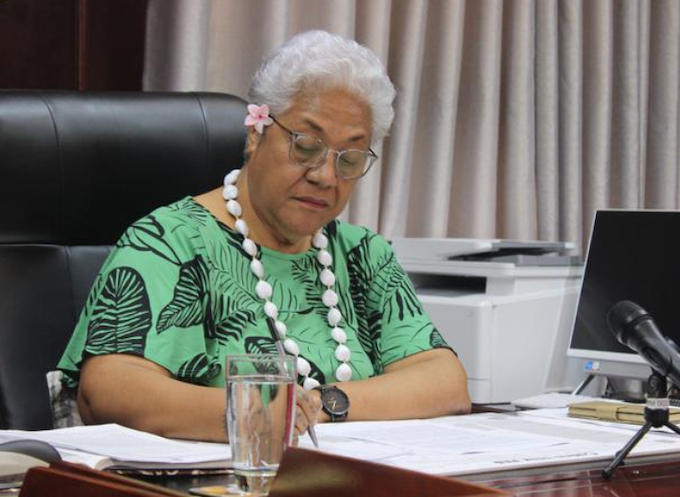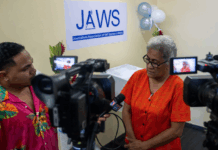
The Samoa government has extended its alert level three lockdown for another two weeks, due to the rapid spread of the covid-19 in the community.
There are 467 confirmed covid-19 cases, 15 of which are imported cases of passengers on the repatriation flight from New Zealand in early March.
As case numbers climb there is real concern frontline workers will be most at risk of contracting the virus.
Prime Minister Fiame Naomi Mata’afa said the surge in the community cases was expected and would continue to increase due to the transmissibility of the virus.
“However it is clinically proven, that promoting the practices of simple protective behaviours that can reduce risk to ourselves, our friends and families; such as staying home, to reduce contact, and adhering to the preventative health measures will help reduce new infections, and subsequently contain community transmission,” she said.
Fiame added that these were crucial components of Samoa’s national response to covid-19 which would support the Ministry of Health to undertake all necessary health measures to contain the spread of the virus and respond to cases requiring hospital care.
She said enhancing surveillance and maintaining high surveillance rates needed the rollout of the paediatric Pfizer vaccine for children 5-11 years old, expected to start in Savai’i this week.
Vaccination rollout
“And the continuation of the vaccination rollout for everyone including booster does once the bulk supplies arrive over next week.”
The Prime Minister said their message at the outset of the covid-19 national response is that vaccines are highly effective in protecting against severe disease.
Unfortunately, the tests conducted this week, showed that some had not even started their vaccination or completed their second vaccine.
“This is a concern,” said the Prime Minister.
Fiame said every phase of Samoa’s journey would present new difficulties but they must remain resilient and unified and accept that everyone contributed to maintaining the well-being and health of the nation.
This article is republished under a community partnership agreement with RNZ.












































